#Maiden goddess
Explore tagged Tumblr posts
Text
About Artemis Parthenia
In my short time learning about Lady Artemis, I have encountered a lot of discussion and reiteration regarding Her virginal aspect. Since Her cult revolved significantly around this commitment to chastity, it is a topic that must be addressed by anyone interested in an in-depth worship of Her. Still, I have made my own reflections and would like to share these here.
(Please note that I am in no way an expert—just a single worshiper writing down her personal perspective on a vast topic.)
It is a lot to unpack since it is one of the main things that distinguish Her as a deity, so I'll go through the following points:
Virginity and Maidenhood
Artemis as Protector of Girls and Women
Artemis and Childbirth
Patriarchal Views on Chastity
1. Virginity and Maidenhood
Homer describes Artemis as "one of the three" who cannot be swayed by Aphrodite's power. This is how we learn that Artemis has no romantic or sexual interest. (While I acknowledge that many of Her myths and their possible reinterpretations can be read through a sapphic lens, that is not the focus of this discussion.)
What is particularly interesting about Artemis’s detachment from romantic love is that She not only rejects marriage but also actively chooses not to marry. From an idealistic, romantic, and modern perspective, we might imagine Lady Artemis declaring that love will never keep Her from the wild and that no man will ever take that from Her. However, we still get to read myths that describe the moment in which Her father, King Zeus, grants Her the wish to stay an eternal Maiden.
Virginity, in this context, does not mean actual chastity but rather a rejection of marriage to a man.
In contrast to other married goddesses, one can only imagine how offensive it would have been to lust after a maiden goddess—something reflected in the many myths where Artemis punishes those who violate Her privacy. Thus, "virgin" or "maiden" became a title that imposed limits on how men perceived girls and women.
This leads me to my second point.
2. Artemis Soteira, Hêmerasia, Philomeirax & Paidotrophos.
When we look at other virginal goddesses like Hestia and Athene, we could go through their cults and analyse why their aspects as maidens are relevant to their domains, but what about Artemis?
Lady Artemis is not only, along with Lord Apollon, the protector of Lady Leto (their mother, who was abandoned in Her time of need); She is also the protector of girls—their untamed nature, their growth through puberty, and their well-being once they are married off and considered women.
Artemis, as the protector of girls and women, remains a maiden because She transcends the control that men have over girls. Her independence and fierceness as the Lady of Beasts is a power no man can overcome, and for that reason, She is a threat to those who would seek to violate what She most fiercely protects: the innocence and autonomy of young girls.
Artemis must be depicted as a maiden not because She must be pure and chaste but because She is an adult, powerful goddess who represents the right of little girls to choose their own futures.
Taking my own perspective, I can imagine Lady Artemis choosing not to marry because of Her love for the freedom found in the wild. As if She wants to share the gift of choice with all, She calls women to Her sanctuaries, offering them a refuge from forced marriages.
"Come with me and be free."
3. Artemis Orsilokhia
So, how can a virgin goddess also be the protector of mothers?
Just imagine being married to a man your father chose for you, being forced into sexual intercourse because it is your duty to bear an heir, and suddenly, you have this little baby—yours to carry, yours to nurture, yours to bring into a world that has wronged you.
Artemis understands the love of a mother, whether it comes from choice or coercion. She knows this because Her own mother suffered while bringing the godly twins into the world. One could say that She held Leto’s hand as Apollon was born.
Here is where I could go on and on into an in-depth analysis of the myth of Kallisto—since, in my opinion, Lady Artemis would never kill a pregnant woman out of rage—but I will save that for another post.
All I want to say, since this post is already long, is that if we examine how earlier civilizations viewed sex, we see that it was often directly tied to procreation. Sex frequently meant childbirth. In this sense, one could argue that Artemis is also a goddess of sex—not as an act of pleasure but as a force of nature. She is a protector against rape and sexual violence, a judge of those who mistreat their partners in intimacy, and a caretaker of those who bear the fruits of fertility.
Once again, Lady Artemis is not against sex or pregnancy. She is a goddess of freedom, and because of that, She is a goddess of choice—of the ability to decide whether to be a mother, a wife, or neither.
4. Chastity Culture and Artemis’s Priestesses
What I dislike most about the modern interpretation of Artemis as a virgin goddess is how it has been used as an excuse to police the sexual behavior of women.
Yes, Artemis’s priestesses were once required to be virgins. Yes, a vow of chastity was demanded. But based on everything I have discussed so far, doesn’t it make more sense for Her priestesses to be free with their bodies as they choose? Why do I still see people asking Artemis’s priestesses if they have taken a vow of chastity? Why does it matter?
Let me put it this way: as the Lady of the Wild and the Mistress of Beasts, how can we even begin to imagine the untamed forces of life without sex?
This may be a controversial opinion, and I don’t expect everyone to agree with me, but continuing to demand chastity vows from women as a condition to validate their devotion to a goddess who protects girls and women is an insult to much of what She stands for.
Do not let chastity culture corrupt Her worship. Teach children how to say "no." Teach them to recognize manipulation, grooming, and abuse. Teach teenagers how to have safe sex, how to ask for and give consent. Teach people to respect their bodies and that "No" is a complete sentence. Discuss sexual violence in relationships, peer pressure, and healthy understandings of sex and love.
Worship Lady Artemis by giving people all the tools they need to choose for themselves. And if their choice is to have sex, let it be in the healthiest way possible.
#hellenic polytheism#helpol#polytheism#deity work#<the archives of the altar>#artemis deity#<the wild candle>#Artemis worship#Hellenic paganism#Hellenic reconstructionism#Maiden goddess#Goddess worship#artemis devotee#Feminism#Chastity culture#Sex positivity#Religious freedom#Sacred sexuality#artemis devotion#artemis goddess
18 notes
·
View notes
Text
⋆˖⁺‧₊☽◯☾₊‧⁺˖⋆ Artemis Moodboard ⋆˖⁺‧₊☽◯☾₊‧⁺˖⋆
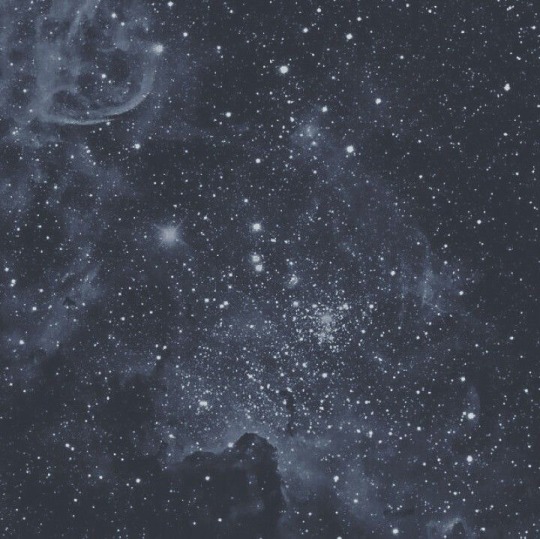
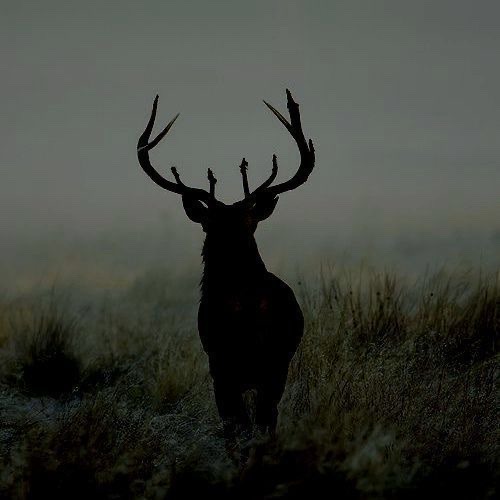
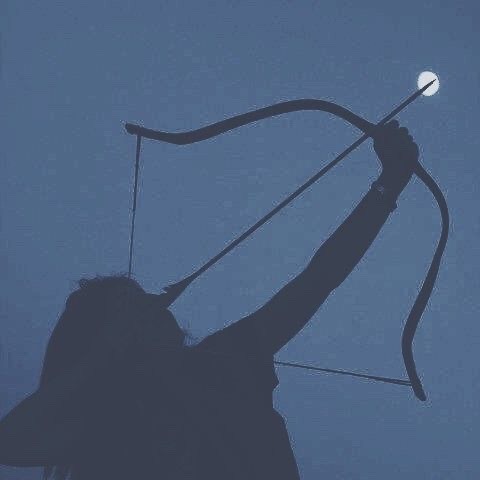
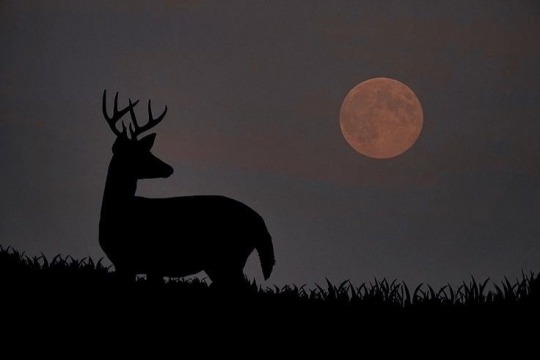
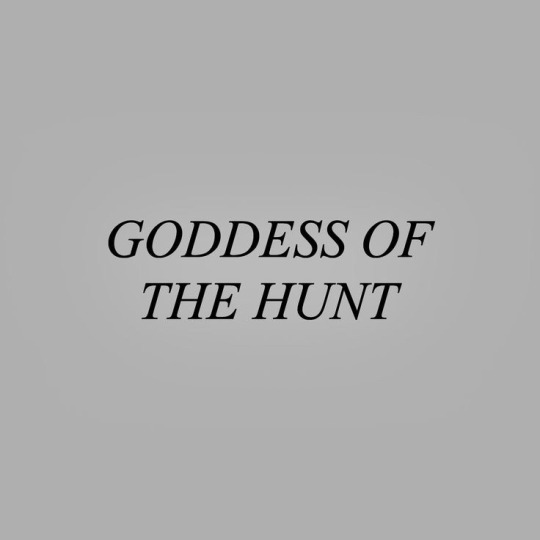
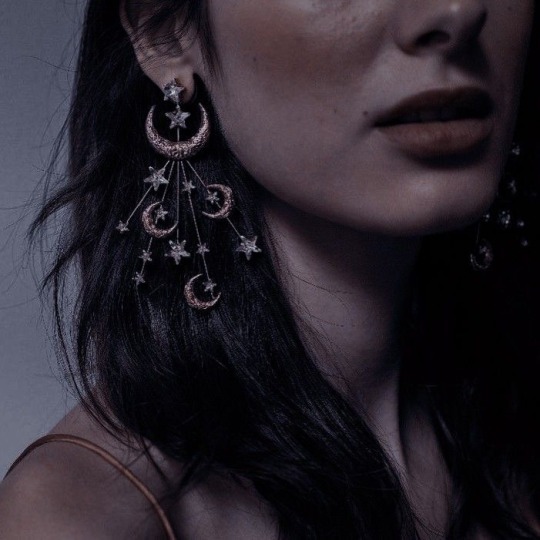
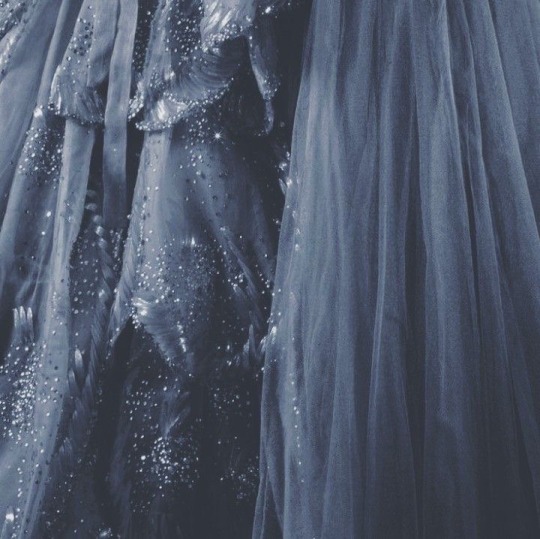


🌙Tags: @miss-seanymph-pani @snowmantita @nicasdreamer @tinyy-tea-cup @vilereign @viostar2095 @nicasdreamer @persefonestruth
#artemis#goddes of the hunt#goddess of the moon#women support women#protector of women#virgin goddess#maiden goddess#apollo’s sister#greek mythology#ancient greek mythology#ancient rome#ancient greece#ancient greek#greek gods#greek goddesses#greek goddess#greek myths#greek myth aesthetic
50 notes
·
View notes
Text
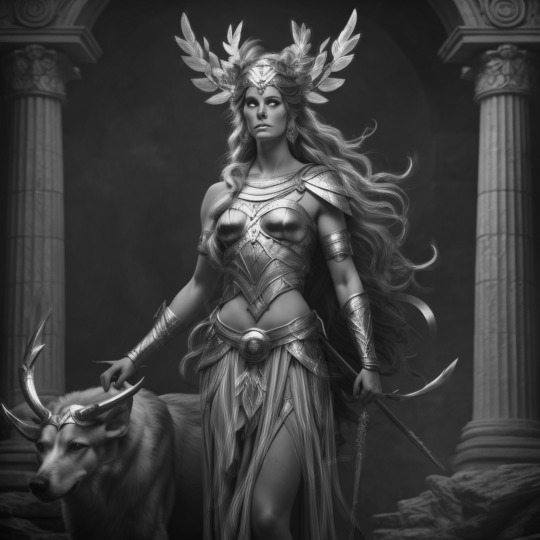
Artemis, goddess of the hunt
132 notes
·
View notes
Text

Yo, I drew a Maiden Goddess based on designs from the 5th part of DP
#dark parables#maiden goddess#my art#video games#hidden object#pc games#hidden object game#blue tea games
12 notes
·
View notes
Text
Áusōs

Or as I write it, Áusos. Also found as Háusos, Héusos (with a hard h as in the ch in loch) or H₂éwsōs. Her name means "the Dawn" or "Rising"
Aúsos is the goddess of the dawn. She also reigns over light, youth and spring. She is characterized as a beautiful maiden who dances freely through the heavens. She is a bringer of light as she brings the day with her and paves the path of the sun. She seems to have been the most important goddess to the Proto Indo-Europeans
Áusos is also related to sexuality and love, sometimes ill-fated. She has a myth in which she falls in love with a mortal, Ausiwendhós, of whom she procures eternal life. Yet he forgot to ask eternal youth for him, so he ends up withering into old age as the dawn goddess takes her leave, broken-hearted.
Áusos is also a goddess of love and sexuality. There is however a Proto Indo-European love goddess, so love isn't Áusos' main domain, even tho she has a big role in it.
The archetype of the maiden fits her well
She is sometimes said to dwell in an western land at the edge of the world, a paradise called Usés Mág̑hās
She is also called Diwós Dhugətḗr, "Daughter of Dyéus" and Bhṛg̑héntī, "Exalted"
Offerings
Taken from here
Flowers, especially pink ones
vase of roses in various shades of pink
birch wood
birch bark
half-circle of birch wood with ribbons
Devotional acts
Dancing
Watching the sun rise
Depiction or imagery related to the dawn
Waking up early (there are myths of Áusos struggling with this, so she feels you!)
Sleeping in (if it's safe to do so)
Paint your nails or put on make up
Listen to your favorite feel good music and dance away
Picking flowers
Have a flower garden
Spend time with a loved one
Listen to love songs/watch romance movies
Self-care and self-love
Wear pink or another of her colours
Respect your own place and limits in your relationships
Associations
Pink
Yellow, Gold, Red and Saffron
Feminity
Birch (as a tree of spring)
the feast of Ostara
Friday
March
Descendants in later pantheons
Eos (Greek)
Aphrodite in some aspects (Greek)
Aurora (Roman)
Aušrinė (Lithuanian)
Ushas (Vedic)
Usha (Iranian)
Eostre/Ostara (Germanic)
Brigid (Celtic)

Finally, here's her wikipedia article
Also, fun fact! It is speculated that Aphrodite absorbed some of the aspects of Áusos (especially those related to love and sexuality), so she's also a descendant of her in a way. These aspects then got lost from her direct descendant in greek mythology, Eos.
#proto indo european gods#proto indo european#proto indo european religion#proto indo eauropean religion#proto indo european paganism#proto indo european pantheon#deity devotion#deity worship#pagan#paganism#deity#pantheon#pie paganism#pie pantheon#pie polytheism#pie reconstructionism#ausos#hausos#ausos goddess#hausos goddess#dawn goddess#maiden goddess#pagan reconstructionism#pagan revivalism#reconstructionist paganism#polytheism#paganblr
6 notes
·
View notes
Text

青い桜
2K notes
·
View notes
Text

「メイデン」 by ナリズ | Twitter
๑ Permission to reprint was given by the artist ✔.
#goddess of victory: nikke#nikke#勝利の女神:nikke#maiden: under the son#maiden#big#navel#swimsuit#fan art#artist:nhaliz#pixiv art#mypost#mypost:goddess of victory
2K notes
·
View notes
Text

メイデン:アイスローズ by Piukute062 [Twitter/X] ※Illustration shared with permission from the artist. If you like this artwork please support the artist by visiting the source.
645 notes
·
View notes
Text

メイデン🪄 | 干物A太
597 notes
·
View notes
Text


another day, another char :3
#hello i am a fair maiden#cool to reblog#it me!#transgender#trans#trans mtf#mtf trans#transfem#trans femme#trans feminine#girlslikeus#transisbeautiful#transisbetter#this is what trans looks like#trans is so hot#trans is beautiful#trans goddess#trans model#trans princess#trans positivity#goth gf#alt girl#alt goth#trans girl#trans girls#transgirl#transgirls#trans woman
434 notes
·
View notes
Text
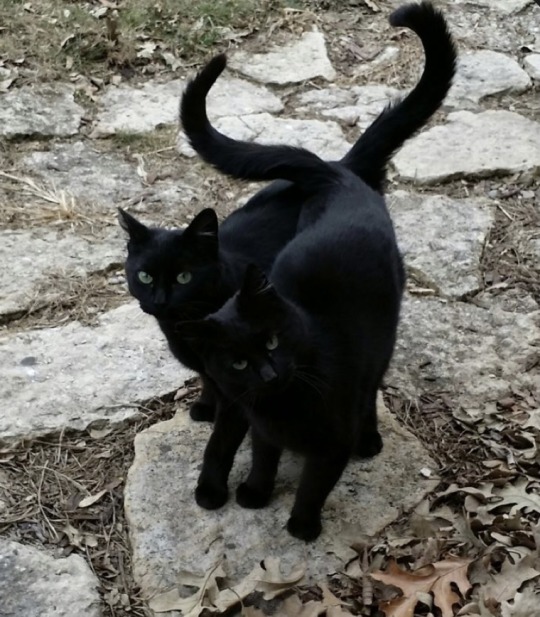
#hecate#hecate goddess#greek mythology#witch#witchblr#witchcraft#witches#dark aesthetic#crone#moon#full moon#crescent moon#mother#moon magic#maiden#black cat#crossroads#hecate deity#hecate worship#hecate sculpture#hecate statue
1K notes
·
View notes
Text

#goddess of victory: nikke#nikke goddess of victory#Nikke#Maiden#Black Hair#Red Eyes#Long Hair#Braid#Braided Ponytail#Ponytail#Thou shalt submit to the Ponytail
395 notes
·
View notes
Text
One thing I can't help but wonder.
Artemis is not the only virgin goddess in the Hellenic pantheon. And yet it appears, among modern pagans, virginity is the first (often times only) thing to come to mind whenever Artemis is mentioned. So much is focused around her being a virgin, it's gotten to a point where who she actually is, how she was worshipped in ancient Greece, and her presence in the lives of the ancient Greeks are completely lost among misinformations and misconceptions stemming from only one aspect of her.
For Athena and Hestia, it's always their various roles and domains that people will immediately think about. But for Artemis, it's always her body and marital status, for some reason. It's utterly ridiculous.
Because to the ancient Greeks, Artemis was a perpetually unwed maiden goddess, yes, but she was not the goddess of virginity. According to Stephanie Budin and colleagues, Artemis was the goddess of the hunt and wilderness, and she was responsible for helping women in childbirth, turning children into adults, bringing light, freeing slaves, marking boundaries between territories and periods, bringing and curing plague. Her epithets emphasized her "wild" qualities, expressed her proclivity for the hunt, as well as described her as a "kourotrophos" (child nurturer and protector of the young) and a lunar deity.
It's like, why is it never a problem for everybody to accept that Athena and Hestia had worshippers of all ages, sexes, gender roles, and social statuses throughout ancient times, but it's so hard to wrap minds around this about Artemis.
Artemis, Athena, Hestia, all three goddesses preserve their virginity for important reasons pertaining to their roles in Greek ideology. Artemis's virginity established her position in the divine hierarchy. As the goddess of the wilds and wild animals, she herself could not be tamed (damazo) by sex, as other females in the Greek literature, and especially brides, were said to be (paraphrasing Stephanie Budin, Artemis, 2016).
In a nutshell, these goddesses are virgins and never married because of, as a result of, and due to their personas, functions, their parts in the pantheon and the areas they preside over. They chose the path of virginity because of who they are and what their "jobs" are. It doesn't mean they are rulers of maidenhood and virgins.
#religious ramblings#hellenic polytheism#hellenic pantheon#greek goddesses#deities#ancient greece#ancient greek religion#virgin goddesses#maiden goddesses#artemis#athena#hestia#paganblr#helpolblr#artemis devotee#studyblr#religions#paganism
248 notes
·
View notes
Text
𝕸𝖔𝖙𝖍𝖊𝖗, 𝕸𝖆𝖎𝖉𝖊𝖓 & 𝕮𝖗𝖔𝖓𝖊
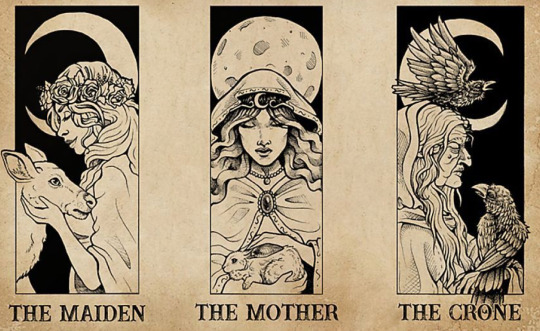
First, we have a crescent moon that is in a growing stage. In the center, there is a circle representing the full moon. Last but not least, the crescent denotes the diminishing moon.
Triple Moon is considered to be symbolic of all things divine feminine power – from intuition to creative energy, and wisdom. It indicates the three life stages of a woman.
The waning moon symbolizes the Maiden through innocence, youth, new life, starts, rebirth, excitement, witchcraft, and growth.
The full moon represents the Mother: fulfillment, fertility, ripeness, potency, understanding, caring, security, and authority.
The waxing moon symbolizes the Crone: serenity, maturity, knowledge, experience, knowledge, wisdom, fulfillment, death and rebirth. In its whole, the symbol is associated with the eternal cycle of birth, life, and rebirth.
Sometimes called the Triple Goddess symbol, the triple moon is frequently seen on the crowns or headpieces worn by the High Priestesses.
Each aspect within the Triple Goddess is associated with particular seasons and other natural phenomena, as well as human characteristics and elements of life on Earth. These associations can be used to call on the appropriate aspect of the Goddess during magical work, ritual worship, and prayer.
The Maiden is represented by the waxing moon and associated with the start of the growing cycle of late winter and springtime. The Wheel of the Year sabbats Imbolc, Ostara and Beltane are associated with the Maiden phase of the Triple Goddess. The Maiden represents beauty, fresh potential and new life. In human beings, she is associated with the qualities of innocence, youth, self-confidence, intelligence and independence, and with activities relating to exploration, discovery, self-expression, and creativity. Goddesses who represent the Maiden include the Greek goddesses Persephone and Artemis, the Celtic Rhiannon, and/or the Nordic Freya, among others.
The Mother phase of life is represented by the full moon- the fullest part of your life. In the Wheel of the Year it is associated with the harvests of Lughnasadh and Mabon. In the human realm, she is associated with nurturing, responsibility, adulthood and the fullness of life. As the giver of life, she is the aspect most associated with manifestation. Goddesses who represent the Mother include the Greek Demeter and Selene, the Roman Ceres, and the Celtic Danu and Badb.
The Crone phase of life is represented by the waning moon- when the cycle comes to an end and a new beginning starts. The Crone is full of wisdom and life experience. In the Wheel of the Year she is associated with Samhain and Yule, when the days shorten and the growing season officially ends. The Crone is the wise elder aspect of the Goddess, and governs aging and endings, death and rebirth, and past lives, as well as transformations, visions, prophecy, and guidance. Although feared as an archetype for millennia, she is the one who reminds us that death is part of the life cycle, just as the Moon's dark phase precedes the New Moon. The Crone is often represented by goddesses associated with death and the underworld, such as the Greek Hecate, the Russian Baba Yaga, and the Celtic Morrigan and Cailleach Bear.
The Triple Goddess is indeed a diverse and complex expression of the divine feminine. For those who worship her, she provides constant opportunities to learn and grow through connecting to her three aspects. Whether you recognize ancient goddesses as aspects of the Triple Goddess, or simply honor the Maiden, Mother, and Crone archetypes, you can make a conscious effort to align your worship with the cycles of the Moon for an even deeper, more rewarding spiritual connection.
#spirituality#divination#witchblr#tarot#witch#witchcraft#free tarot readings#high priestess house#astrology#witch community#wiccablr#wiccan#wicca#pagan wicca#triple goddess#the maiden#the mother#the crone#feminine energy#divine feminine#eclectic witch#pagan witch#witchy vibes#witchcore#witchy#witches#witch stuff#witches of tumblr
226 notes
·
View notes
Text
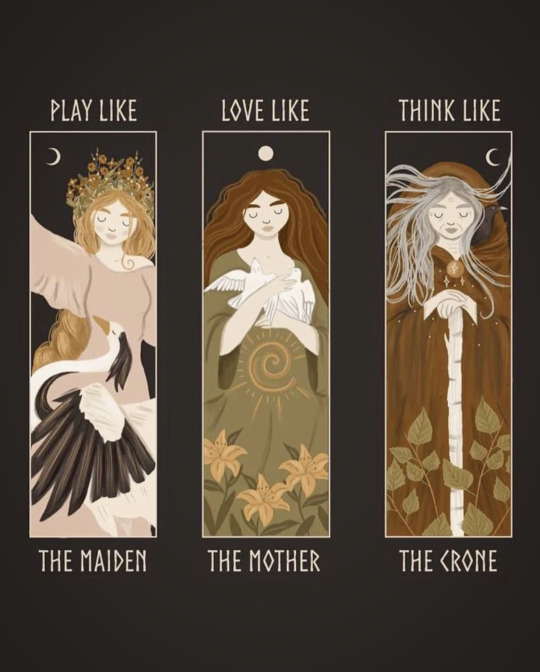
🎨anetteprs
#maiden mother crone#tripple goddess#witchblr#witches of tumblr#witchcraft#wicca#pagan#witchy things#witchy#magick#baby witch#witchcore#witch community#witchy woman
1K notes
·
View notes
Text

MILI
1K notes
·
View notes